Search Results for 'Guardians'
22 results found.
Breakthrough at last in desperate search for a hospital
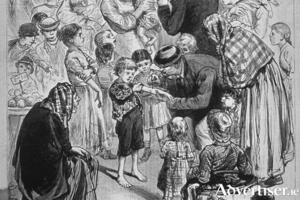
With smallpox sufferers in make-shift refuges such as out-buildings, rooms in the Loughrea barracks, and in sheds outside Dr Leonard’s home, all hopes are placed on the ready-made iron hospital ordered from Messrs Braby and Co. London. The hospital was to accommodate 12 patients, but already within five weeks of the first case being reported in Athenry, there were 20 cases of smallpox, three of whom had died.
March 1875 - Smallpox in Athenry
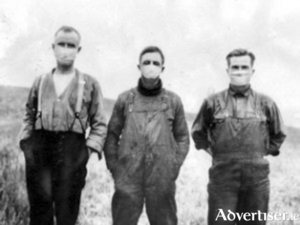
On March 2 1875, the medical officer of the Athenry Dispensary District, Dr WJ Leonard, wrote an urgent letter to the Local Government Board (LGB) in Dublin, regretting to report a ‘very bad case of smallpox’ which had come into his district the previous day. He briefly described how it was discovered:
Mayo Library puts workhouse records online
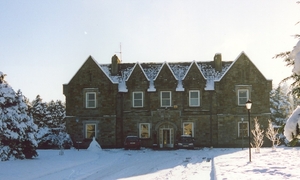
The workhouse has been described as “the most feared and hated institution ever established in Ireland" and the story of these institutions has now been made available online by Mayo County Library.
Tawin NS - a symbol of the gathering storm
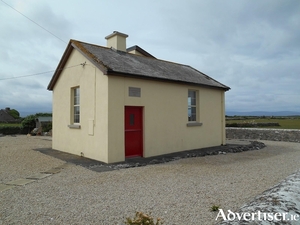
‘To speak with justice, I would say this letter from Mr Casement is, for the most part, a string of falsehoods’ ….begins a letter of harsh criticism concerning the efforts of committed Irish language enthusiasts on the island of Tawin to build a new school where ‘Irish will be the language.’ It was to replace the English-speaking school, and its teacher, which was closed for years because the islanders refused to send their children there.
‘Spanish Flu’ ended summer 1919, but a more virulent epidemic remained
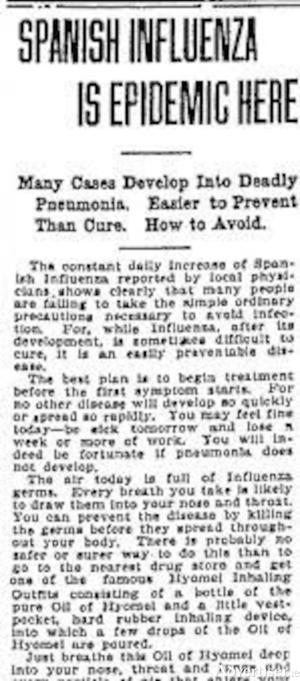
The so-called ‘Spanish Flu’ of 1918/19 came in three phases, leading to the false hope that as each phase appeared to be on the wane, it only returned with a vengeance, creating misery and fear throughout the country.
Lack of social distancing aided second phase of ‘Spanish Flu’
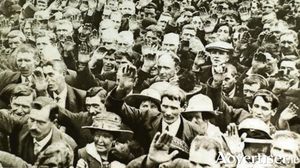
[Week II. Read Part I.] The 1918 General Election on December 14 was the most significant election in modern Irish history. Following the events of World War I, the Easter Rising, and the Conscription Crisis, the whole island was caught up in fierce debate as to its future. The result was a sweeping victory for a radical Sinn Féin, which promised to establish an independent Irish Republic. The moderate Irish Parliamentary Party, which had dominated the Irish political landscape since the 1880s, was wiped out; while in Ulster the Unionist Party took power.
‘It is not our mistress we have lost, but our mother.’
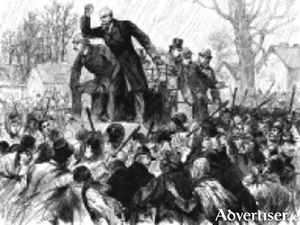
When Mitchell Henry entered Westminster parliament in 1871 he went with hope in his heart and a mission to tell the British people the circumstances of the Irish tenant farmer. He reminds me of the Frank Cappa film Mr Smith Goes to Washington where a naive, idealistic young man has plans to change America.* Mitchell Henry, a liberal, kindly man, had however, walked into a political cauldron, waiting to explode.
Claddagh fishermen
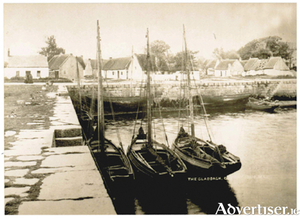
When the Claddagh fishermen worked, they did it with a will, and when not fishing, they were generally found mending their nets. They had the reputation of being so well prepared for sea, that lives were seldom lost when they went fishing. The strand often presented a lively sight at The Claddagh preparatory to the men proceeding to sea. They usually brought with them some oatmeal cakes, potatoes, water, and firing, no spirits of any kind.
RMS Titanic outcome was bigger than we think
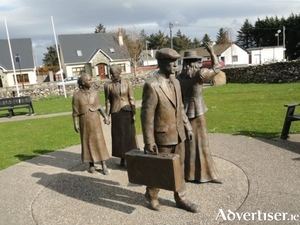
In 1912, the county of Mayo had been through seven challenging decades of continuous population decline. The reasons for such a plummet in numbers were multiple. High infant mortality, disease brought on by poor diet, a demanding lifestyle, and high emigration tested the people of Mayo’s strength to the limit.
The Galway Observer
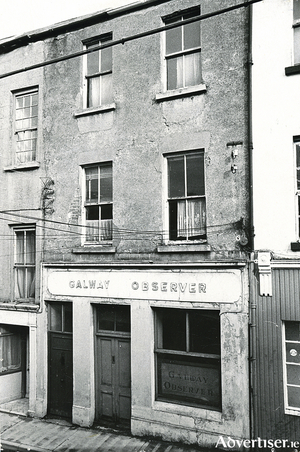
Fifty years ago this weekend, on October 1 1966 to be precise, the last issue of the Galway Observer newspaper was published. It was founded in 1881, published on a Thursday (which was a half day in Galway) and circulated extensively in the city and county. In 1905 it declared itself as the “official advertising medium for the following public bodies – The Galway County Council, The Galway Town Council, Galway Rural District Council and Board of Guardians, Loughrea Rural District Council and Board of Guardians, Gort Rural District Council and Board of Guardians, Clifden Rural District Council and Board of Guardians, Galway Harbour Board, etc, etc.

